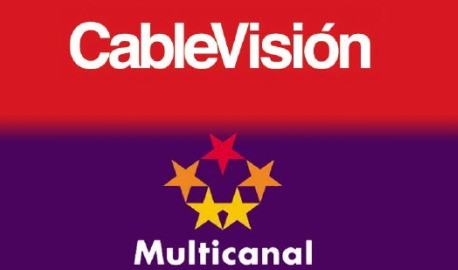 It’s bad enough when service providers overcharge us for service we use, but it’s even worse when they bill you for services you don’t.
It’s bad enough when service providers overcharge us for service we use, but it’s even worse when they bill you for services you don’t.
Verizon Wireless may be looking at millions of dollars in refunds for customers who got dinged $1.99 monthly fees on their Verizon Wireless bills labeled mysteriously as “Usage Charges, Data.”
Two dollars on a phone bill that typically exceeds $50 or more is likely to be missed by a lot of consumers skimming the fees, surcharges, taxes and other impenetrable charges that get tacked on to your monthly service. Even worse, since Verizon charges a fee for a printed bill, most customers never even bother to look at the electronic online bill beyond the general e-mail notification received each month letting you know it has arrived. But some Cleveland-area residents did bother to take a look, and they didn’t like what they saw:
The Money Matters column chronicled the writer’s six-month ordeal with $1.99-per-month data charges and the possible causes given by Verizon’s customer service workers. All, it turned out, were wrong or only partly true.
More than 400 Plain Dealer readers responded to the newspaper with complaints similar to the ones in the column. The readers collectively pay for more than 1,000 phone lines. In addition, calls to customer service and visits to Verizon stores increased noticeably after the column.
Take a look at your billWhere to look for the data usage charge: The first page of your bill should have a section labeled “Quick Bill Summary.” Look under the summary for “Usage Charges, Data.”
What to do if you spot an error
Call Verizon customer service (800-922-0204) or visit a full-service store to investigate the charges and ask for a credit.If Internet usage is the issue, ask technical support to track down the Web sites visited, and dates and times.
If premium text messages are the issue, determine whether you have applications that are downloading information automatically. Go to your “menu,” then click “media center.” You may need Verizon’s help determining what applications cost money.
You can block features you don’t use and don’t want to be charged for by accident, such as Internet access or the weather forecast. Access your account online, call customer service or visit a store.
At a minimum, thousands of customers apparently have been charged $1.99 per month for Internet “data usage” even though they had not tried to go online. In some cases, customers were charged when their phones were off, the batteries were dead, the phone’s Internet access was blocked or even when the phones didn’t have the software to go online.
One clue might be customers who inadvertently accessed the Internet browser just for a few seconds by mistakenly pressing the wrong keys on the phone. Even a momentary activation of a Mobile Web service could generate the access fee, even if you hit the “end” key on the phone within seconds.
Frustrated customers catching the charge on their bills each month then have to pursue the ordeal of contacting customer service to have the charge removed, and frequently run into misinformed customer service representatives who argue the fees are valid for services customers don’t even have, or are offered free of charge by Verizon Wireless.
Some readers say they’ve been battling the charges for more than a year. Most said they’re tired of calling Verizon month after month. Some were irate because they’d punished their children because they wrongly believed the kids had gone on the Internet. One reader said his mom’s phone was charged for Internet access – weeks after the mother had died and her phone sat idle in her empty home.
Karen Fullerman of Twinsburg is typical of customers who complained to The Plain Dealer last week.
Fullerman has three phone lines; two are for her 23-year-old twin daughters. Fullerman has been charged $1.99 on one or two phones every month. And sometimes there’s an extra $9.99 download fee. Fullerman, who recently lost her job, said every dollar counts these days.
She insists that none of the three has gone on the Internet. And she said Verizon has told her repeatedly that the company has blocked the phones’ ability to go on the Internet – yet the Internet charges continue.
The same is true for James Grega of Brunswick, whose four phone lines with Verizon have been getting charged sporadically for about four months.
“The phones are still being charged after I had them blocked,” Grega said. “Their assurance that the $1.99 charges would stop has been a joke.”
Now, some customers who have repeatedly been credited for erroneous charges are being denied for future requests, and that is partly what prompted The Plain Dealer to get involved.
Verizon Wireless claims to be investigating the problem and promises customers full credit, assuming they specifically request it. Therein lies a major problem for consumers, one that benefits providers with billing problems. Consumers frustrated by long hold times or the aggravation of requesting credits may forego doing so, providing a windfall for the service provider based on a billing error.
Roger Tang, a regional vice president for Verizon, told The Plain Dealer it would resolve accidental web browser access when consumers hit the wrong buttons on their phones. The default home page for most Verizon phones is Verizon’s own web page. The company will make visits to that page exempt from Internet time charges “as soon as possible.”
[flv width=”320″ height=”240″]http://www.phillipdampier.com/video/WMAR Baltimore Verizon Wireless 199 Mystery Fee 9-8-09.flv[/flv]
WMAR Baltimore ran a Scam Alert on Verizon Wireless Overcharging (9/8/09)


 Subscribe
Subscribe




